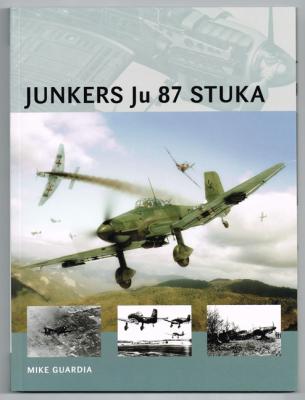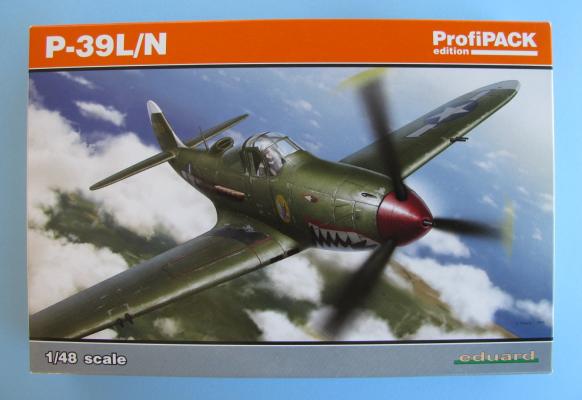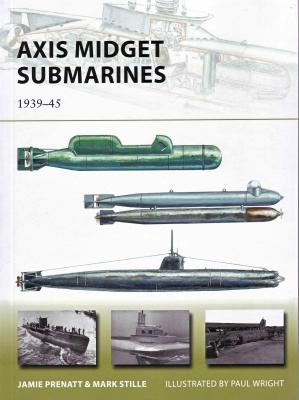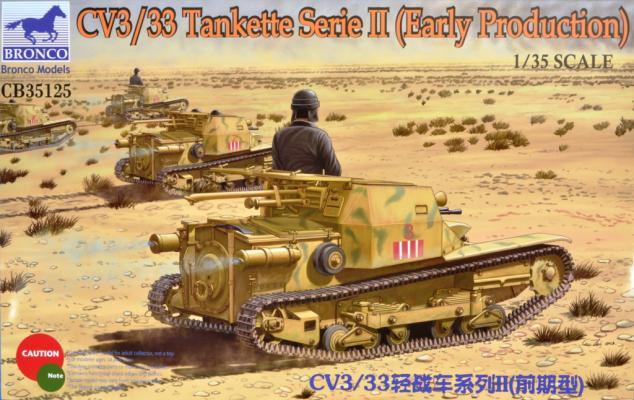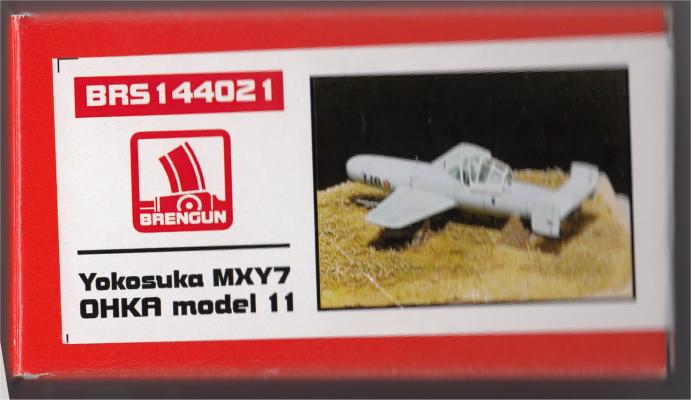Junkers Ju 87 Stuka is number 15 in Osprey’s Air Vanguard series. What this book is not is a technical reference manual for model builders, with an abundance of drawings, walkaround photographs and full-color profiles. Rather, it is a general overview of the Stuka with a reasonable amount of period photos, artwork and a few color profiles that add to the story of how the aircraft came about and its roll as the Luftwaffe’s primary operational dive bomber. It should be of interest to those who don’t know a great deal about the aircraft or would like to have a quick study of the subject in a single publication. But, modeler builders who already have a number of good Stuka reference books in their library may not find this book a necessary acquisition.
all 2014
Although it has been a few years since Eduard released their newly tooled P-39, this latest issue of the L and N versions holds up to the standards of any current aircraft molding. Markings are included for three planes flown by Americans as well as for two Russian-flown aircraft. In addition to markings for multiple aircraft, the ProfiPACK includes masks for all of the clear parts as well as color photoetched parts. The kit builds up well, with minimal filling being required on the fuselage seam, and nowhere else, and can be built by any modeler with limited experience in order to create a reasonable looking Airacobra. Parts are included for the L and N variants specifically for the markings included, but other variants could be built if desired.
While most people know of the Gray Wolves and the story of the U-Boat packs, not many know of the war waged by the Axis by the midget submarines. Osprey's latest book can correct that fact. Axis Midget Submarines covers just what the title says, midget submarines from Italy, Germany and Japan.
Each section follows a similar format. First, the history and countries doctrine of war are covered. Next, there is a section covering the development and types of midget subs used. The war time service record is then covered and also their prototypes and concept ideas. Each part is then summarized by an analysis and conclusion for each type.
Background
Developed from the British Carden Loyd Mark VI tankette in 1933, the Italian government commissioned Fiat and the Ansaldo Company to develop and produce a series of vehicles classified as Carro Veloce (CV), or "fast tank." After a brief run of 21 initial CV-29’s the design was recast in what became known as the CV-33, of which roughly 300 were produced. Seeing action in numerous smaller conflicts prior to World War II, the CV’s posed limited tactical value and were regularly outclassed by larger and more advanced fighting vehicles and anti-armor small arms.
The Aircraft
In 1945, Japan had their backs against the wall. The Allies were about to invade Okinawa, part of Japan, and the situation was becoming desperate. In October of 1944 much of the Imperial Japanese Fleet had been destroyed at the Battle of Leyte Gulf. Kamikaze suicide aircraft had been used during the Leyte Gulf battle, and it appeared that this might be the weapon that could turn the tide back to Japan’s favor.
Coincidentally in October of 1944 a new suicide weapon had been developed, and flight testing took place in November. The Yokosuka MXY7 “Okha” (Cherry Blossom) was basically a 1,200 KG (2646 lb.) bomb with wings, tail and cockpit added. It was powered by three solid-fuel rocket engines, and could reach 600 mph in a dive. The Okha was ready for deployment when the Allies invaded Okinawa in April of 1945.

